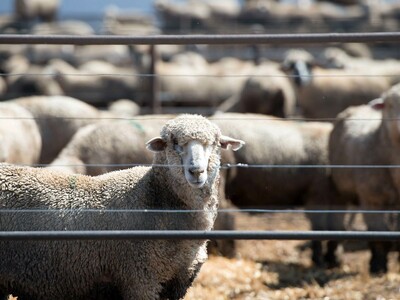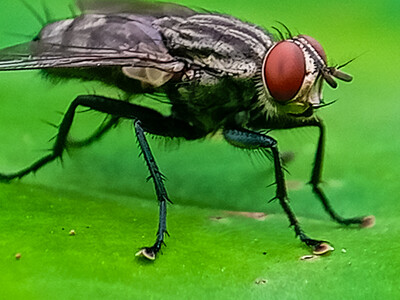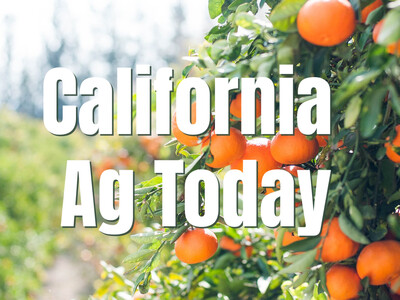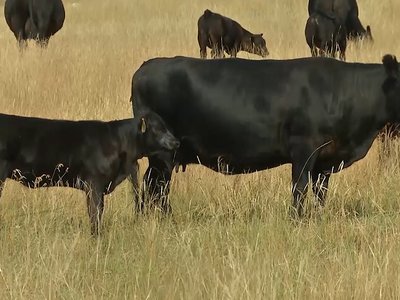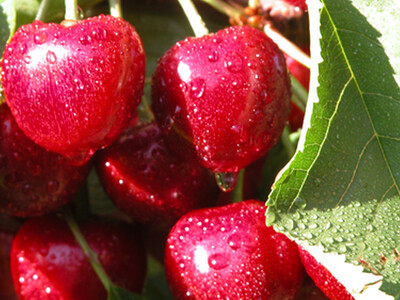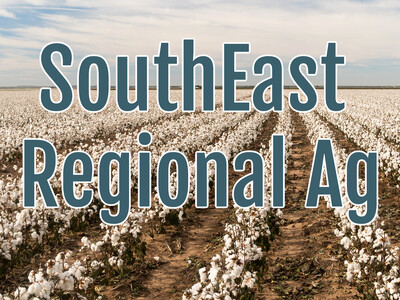Belay for Potatoes
Belay for Potatoes. I’m Greg Martin with today’s Line On Agriculture.
When it comes to potatoes it is important to get a head start on the control of potato beetle. Trevor Dale, Field Market Development Specialist with Valent says that Belay is very effective for potato growers in the northwest.
DALE: It’s a new insecticide here in the last year or two. One formulation at 2.13 pound per gallon that is used for seed treatment in furrow or foliar uses. It’s nice to have one product for all uses, very effective on aphids, leafhoppers,
He says that Belay give long control for those pests. Evan Carlisle say there are some big issues for growers.
CARLISLE: The biggest problems would be aphid and the Colorado potato beetle for us and also the leaf bee hopper which we do control as well as the other leafhoppers that Trevor mentioned and in with the aphids we have to worry about PY virus in the potatoes so if we can help control the aphids, we help control the virus.
He does say that Belay controls the insects that cause the virus, not the virus itself. Dale says application of Belay is easy and flexible.
DALE: Belay can be applied as a seed treatment or in furrow or as a foliar. It’s a great formulation and in testing we’ve done in the mixing tanks it doesn’t set up, it doesn’t plug the nozzles as some of the other products may so it’s a very user friendly formulation and again it’s one product that can be used in all three uses.
Belay’s active ingredient is a third generation neonicotinoid, which has longer residual activity and less water solubility than others in the same chemical class. Low water solubility translates to maximum absorption by the plant and less loss due to leaching. It also has superior rainfastness and faster movement within the leaf's tissue. For more information on Belay and Valent’s other products, be sure and visit your local dealer.
That’s today’s Line On Agriculture. I’m Greg Martin on the Northwest Ag Information Network.





